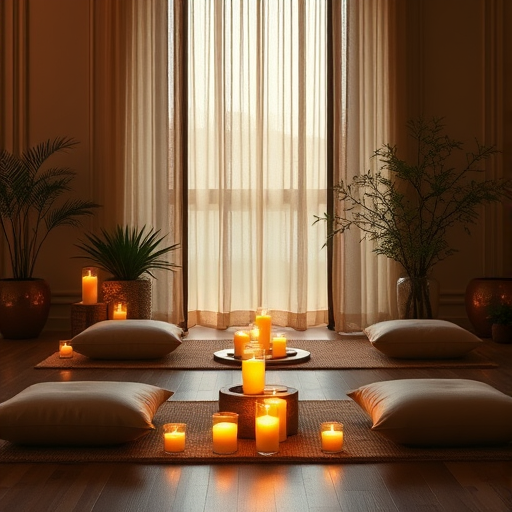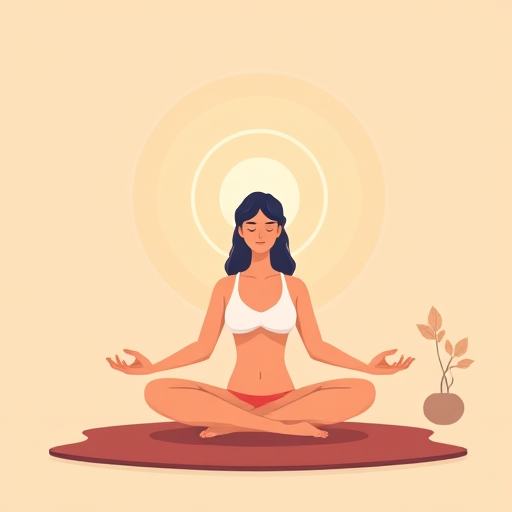Meditation 101: A Guide to Finding Your Inner Calm
Introduction
In our fast-paced and often stressful lives, finding moments of peace and clarity can be challenging. That’s where meditation comes in—it’s a powerful tool that has been practiced for thousands of years to cultivate a sense of calm and inner peace. Through meditation, we can learn to quiet our busy minds, focus our thoughts, and connect with our true selves. In this beginner’s guide, we’ll explore the benefits of meditation, different techniques to try, and how to create a calming meditation space to support your journey towards inner calm.
The Benefits of Meditation: Peace and So Much More
Meditation has countless benefits, and these go far beyond simply achieving a moment of peace in your day (though that’s a wonderful benefit, too!). When you incorporate meditation into your routine, you’re giving yourself the gift of presence and mindfulness. You learn to observe your thoughts without judgment and to let go of the things that don’t serve you. This can lead to reduced stress and anxiety, improved focus and concentration, and a boost in overall mood and happiness.
Meditation has also been shown to have physical health benefits, including lower blood pressure, improved immune function, and reduced inflammation in the body. It can even help manage chronic pain and improve symptoms of irritable bowel syndrome and insomnia. Taking time to meditate is truly an investment in your overall well-being.
Techniques for Tuning In
There are many different meditation techniques to explore, and it’s important to find the ones that resonate with you. Here are a few to get you started:
– **Breathwork**: One of the simplest and most accessible forms of meditation is focusing on your breath. Close your eyes and bring your attention to your inhales and exhales. Notice the air moving in and out of your body, and if your mind wanders, gently bring your focus back to your breath.
– **Body Scan**: This technique involves bringing awareness to each part of your body, from the top of your head to the tips of your toes. Notice any sensations, tension, or discomfort without judgment. This practice helps you connect with your physical self and can be grounding and calming.
– **Mantra Meditation**: Choose a word or phrase that resonates with you and repeat it silently to yourself throughout your meditation. It could be something like “peace,” “love,” or “I am enough.” Mantra meditation can help quiet the mind and bring a sense of focus and intention to your practice.
– **Guided Visualization**: This technique uses your imagination to transport you to a calm and peaceful place. You can use a pre-recorded guided meditation or create your own journey. Visualize a place that makes you feel happy and safe, engaging all your senses to make the experience vivid and relaxing.
Create a Calming Space
Setting up a dedicated meditation space can help you establish a consistent practice. Choose a quiet area where you won’t be disturbed, and make it comfortable with soft lighting and perhaps a cozy cushion or blanket. You might like to include elements that engage the senses, such as candles or essential oils for scent and a sound machine or soft music for soothing sounds.

Some people also like to include visual elements, such as a simple altar with meaningful objects, crystals, or fresh flowers. The key is to create a space that feels calming and inviting to you, so you’ll be drawn to return again and again.
Conclusion and Call to Action
Meditation is a powerful tool that can help you find inner calm and improve your overall well-being. With a range of techniques to explore and a dedicated space to support your practice, you have everything you need to begin your meditation journey. Remember to be patient and compassionate with yourself as you




